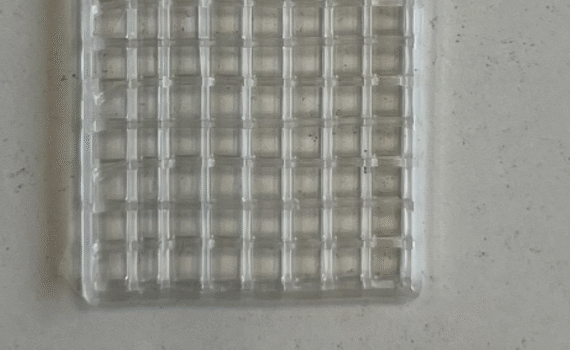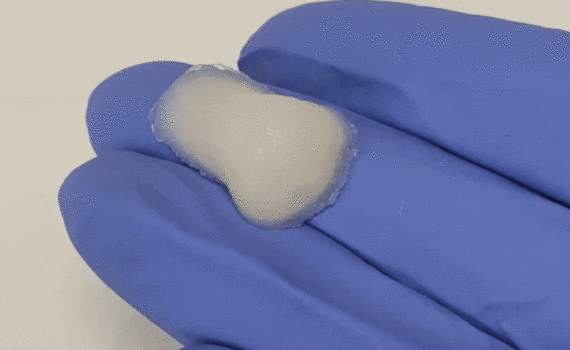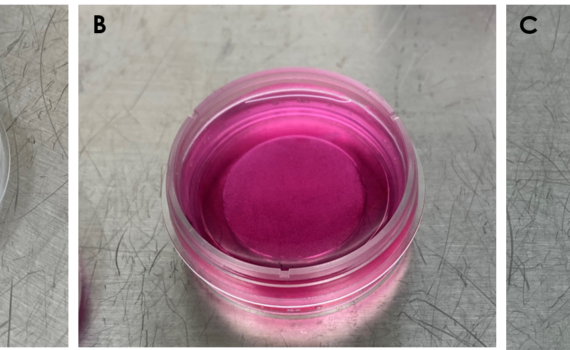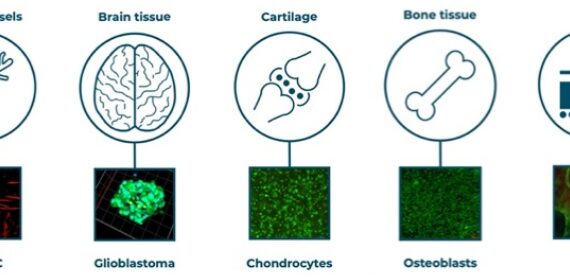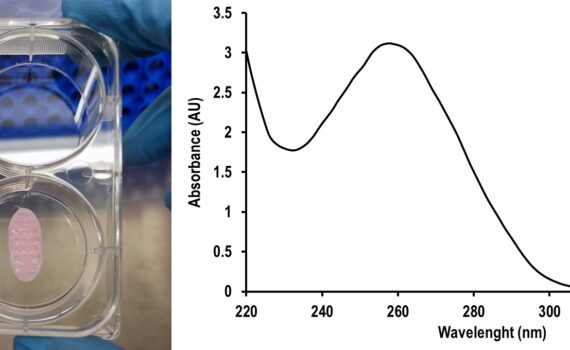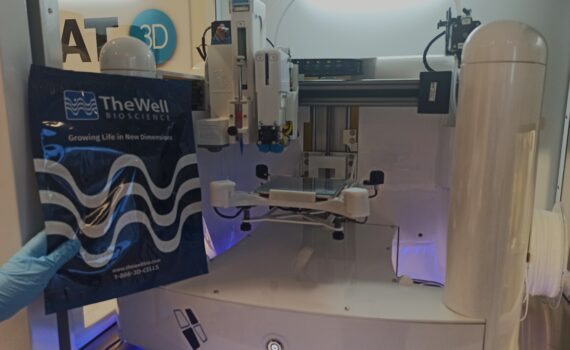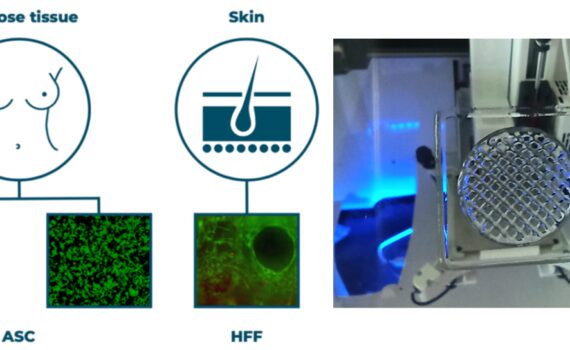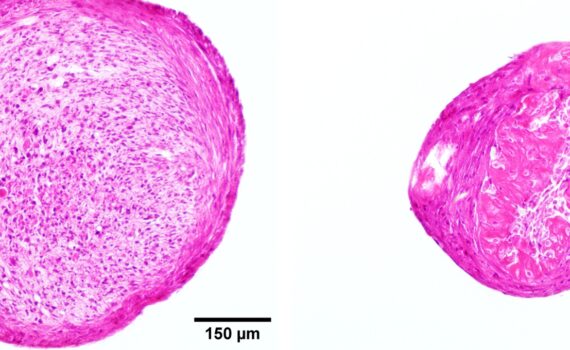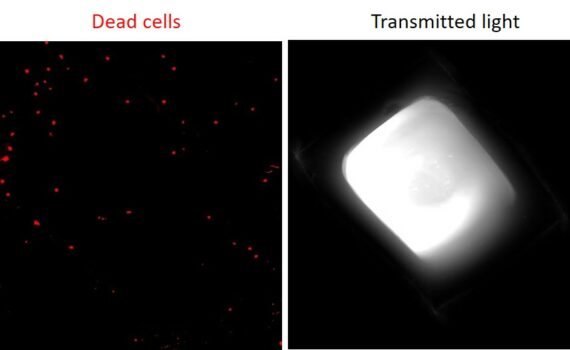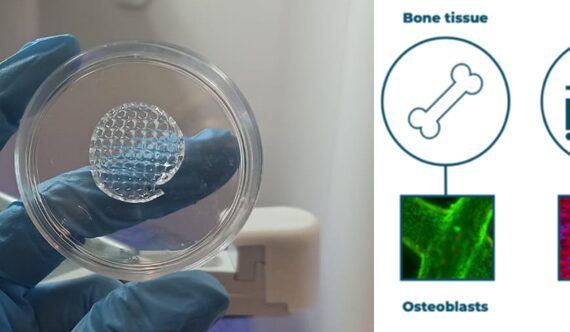+10 Polylactic acid (PLA) and polycaprolactone (PCL) are two of the most widely used materials in tissue engineering, due to their properties. PLA is known for its high rigidity, mechanical strength and biocompatibility, while PCL is valued for its flexibility, longer degradation time and excellent thermal processability. However, the use […]
Bioengineering tissue models
+30 INTRODUCTION Chitosan (CS) is a naturally derived semicrystalline polymer that is obtained by partial deacetylation of chitin under alkaline conditions [1]. It is one of the most widely used materials to prepare hydrogels due to its excellent biocompatibility, nontoxicity, and biodegradability [2]. Furthermore, it dissolves in dilute acids through […]
00 Introduction Collagen type I is the most common fibrillary collagen found in skin, bone, tendons and other connective tissues, accounting for around 90% of the body’s total collagen. Collagen type I-based hydrogels are ideal for 3D printing and bioprinting applications due to their excellent biocompatibility, biodegradability and controllable printability. […]
00 INTRODUCTION GEL-MA INX© is a gelatin-based bioink that exhibits excellent biomimicry given it derives from natural collagen, the main component of the extracellular matrix. GEL-MA INX© is based on the functionalisation of gelatin by covalent attachment of methacryloyl moieties to its amine groups, yielding gelatin-methacrylamide (GEL-MA). GEL-MA INX© is […]
00 INTRODUCTION Tissue engineering aims for assembling functional constructs that restore, maintain, or improve damaged tissues or whole organs. In the quest for the optimal tissue-engineered solution per specific application, the employment of gene expression analysis techniques is commonly desired. A pre-requisite for gene expression analysis is the isolation of […]
+10 INTRODUCTION Synthetic hydrogels are chemically defined animal component and pathogen-free hydrogels with tailored biological, mechanical and rheological properties for 3D bioprinting. Their synthetic origin avoid batch to batch variations, giving users the confidence to achieve reliable and consistent results with potential for clinical translation. Amongst the different options in […]
+10 INTRODUCTION EASYGEL INX© X100 is a gelatin-based, shear thinning, cell-interactive, extracellular matrix (ECM)-mimicking ink. It provides all the benefits of gelatin with the asset of an unique shear thinning behaviour which, in contrast with many gelatin formulations, allows easy printing at 37 °C. Based on gelatin derived from natural […]
+10 INTRODUCTION Hematoxylin-Eosin stain (H&E stain) is one of the main tissue stains used in histology. It is the most widely used stain in medical diagnosis and is often the gold standard in histopathology. H&E is the combination of two histological stains: hematoxylin and eosin. Nuclei stained with hematoxylin display […]
+10 Introduction Thermoplastic polyurethanes (TPU) are a category of materials broadly used for biomedical purposes thanks to their biocompatibility, elasticity and strength. Among the different manufacturing techniques, 3D printing technology has attracted significant attention for the production personalized TPU-based medical devices over the last decade. The preference of this technique […]
+10 INTRODUCTION STABLE INX© (BIOINX©) is a synthetic, shear thinning, cell-interactive and non-biodegradable hydrogel bioink which has been specifically designed for the fabrication of scaffolds for tissue engineering. Due to its shear thinning behavior, it allows for an easy printing process. It exhibits a low viscosity at high shear rates, […]

